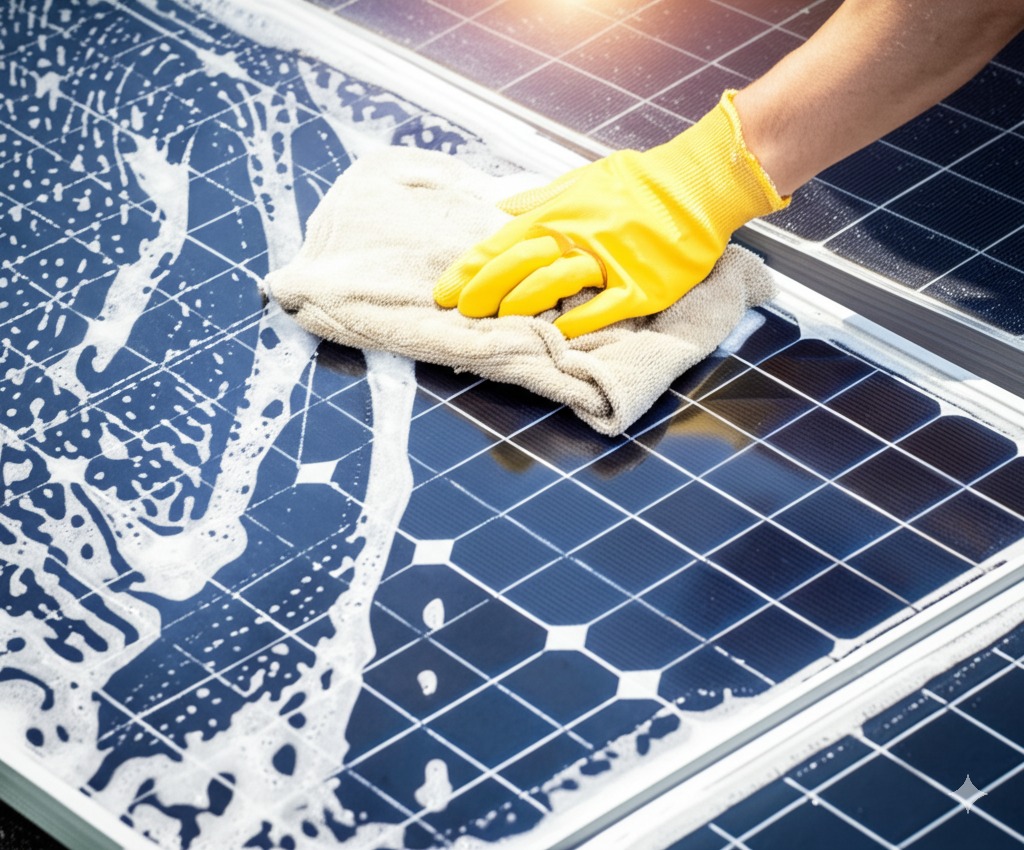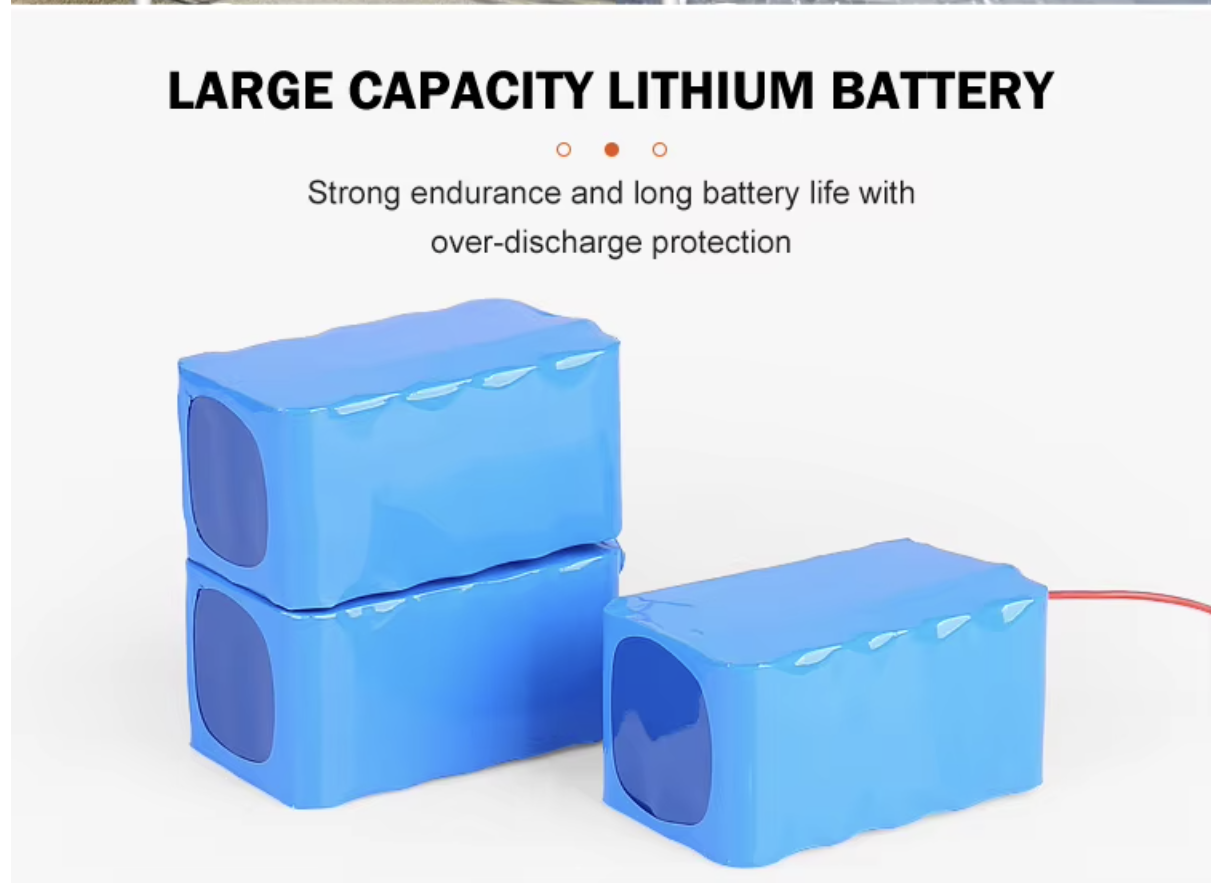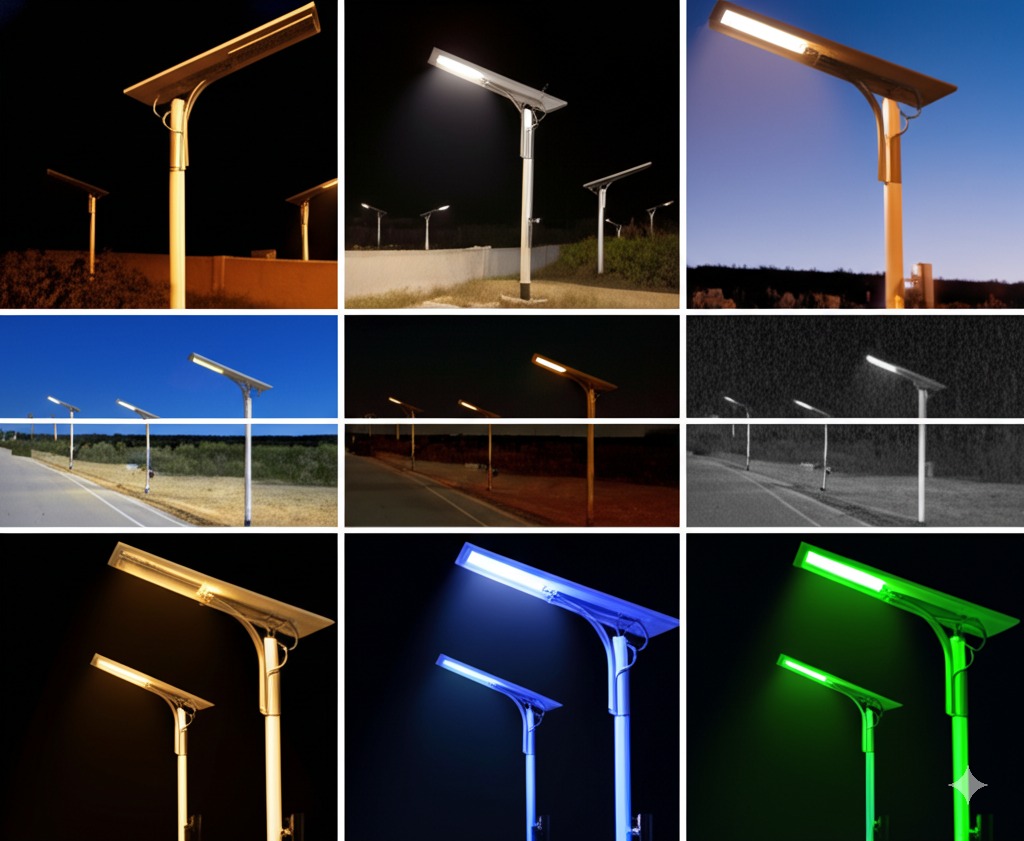Solar street lights provide eco-friendly lighting with minimal maintenance, but proper care extends their lifespan significantly. Many owners don't realize small routines can double their system's service life.
Regular solar street light maintenance should include: monthly panel cleaning, seasonal battery checks, annual component inspections, and immediate problem troubleshooting. A simple 15-minute monthly routine prevents 80% of common failures.

Consistent maintenance preserves efficiency and avoids sudden breakdowns. Let's examine the exact procedures that keep solar lights functioning optimally for years.
How Often Should You Clean Solar Panels?
Dust and grime accumulation drastically reduces panel efficiency. Establishing a cleaning schedule prevents gradual performance decline.
Clean solar panels every 2 months in normal conditions, monthly in dusty/polluted areas, and after extreme weather (sandstorms, heavy snow). Use soft cloths and mild detergent - avoid abrasive materials that scratch surfaces.

Detailed Cleaning Guidelines:
| Condition | Cleaning Frequency | Method |
|---|---|---|
| Urban areas | Every 8-10 weeks | Soft brush + mild soap water |
| Dry/dusty climates | Every 4 weeks | Microfiber cloth + distilled water |
| Coastal regions | Every 6 weeks | Vinegar solution (1:5 ratio) |
| After snowfall | Immediately | Soft broom for snow removal |
| Bird droppings | As needed | Damp cloth with gentle wiping |
Our manufacturing tests show properly cleaned panels maintain 95% efficiency versus just 60-70% for neglected ones after one year. Early morning cleaning prevents water spots from quick drying.
What Battery Maintenance Do Solar Lights Need?
The battery is the system's most vulnerable component. Proper care prevents the #1 cause of solar light failure.
Check batteries every 3 months: clean terminals, ensure proper ventilation, and test voltage (should read 12.6V-13.2V when fully charged). Replace batteries every 3-5 years depending on type (lithium lasts longer than lead-acid).

Battery Maintenance Checklist:
-
Terminal Care
- Disconnect power before servicing
- Clean corrosion with baking soda paste
- Apply anti-corrosion grease after cleaning
-
Voltage Testing
- Measure at dusk (should be 12.6V+)
- Below 12V indicates charging problems
- Significant drops suggest replacement needed
-
Weather Protection
- Ensure battery box is sealed from rain
- Maintain insulation in cold climates
- Provide shade in extremely hot regions
We recommend lithium batteries for most installations - they last 2-3 times longer than lead-acid with zero maintenance requirements beyond occasional voltage checks.
What Are Common Issues and Quick Fixes?
Recognizing early warning signs prevents minor issues from becoming major failures.
Top problems include: dim lights (dirty panels/old battery), flickering (loose wiring), no operation at night (sensor faults), and corrosion (moisture intrusion). Most can be fixed in under 30 minutes.

Problem-Solution Reference Guide:
| Symptom | Likely Cause | Solution |
|---|---|---|
| Lights turn off early | Weak battery | Test/replace battery |
| Inconsistent operation | Faulty light sensor | Clean/replace sensor |
| Dim output | Panel obstruction | Clear shade/clean panel |
| No light at night | Wiring damage | Check connections |
| Frequent cycling | Controller malfunction | Reset/replace controller |
Documenting maintenance dates and observations helps track system health over time. Our clients who keep simple logs experience 40% fewer unexpected failures.
When Should You Schedule Professional Maintenance?
While most maintenance is DIY, certain situations require expert attention.
Call professionals for: pole structure repairs, electrical component replacements, controller reprogramming, and warranty-covered services. Annual professional inspections catch hidden issues.

Indicators for Professional Help:
-
Physical Damage
- Bent/cracked poles
- Broken fixture housings
- Severe wiring damage
-
Electrical Issues
- Repeated unexplained failures
- Burning smell from components
- Controller error messages
-
Performance Problems
- Sudden efficiency drops
- Battery not holding charge
- Lights staying on during day
Our maintenance records show professionally serviced systems last 8-12 years versus 5-7 years for unmaintained ones - a worthwhile investment for critical lighting areas.
Conclusion
Proper solar street light maintenance involves regular cleaning, battery care, troubleshooting, and occasional professional servicing. A simple routine preserves performance and extends lifespan while preventing costly emergency repairs.

